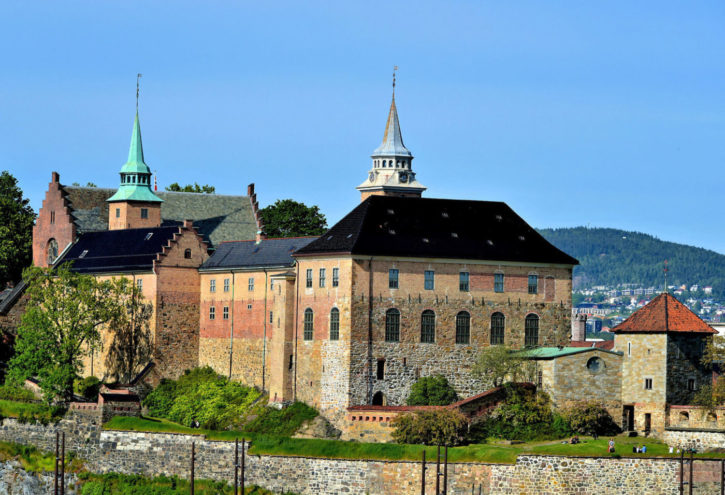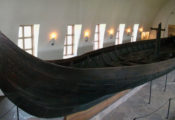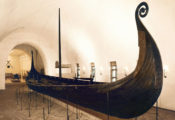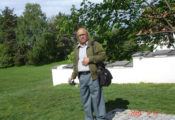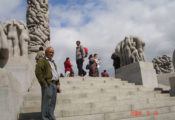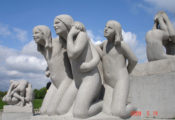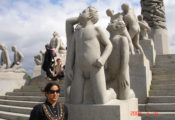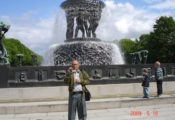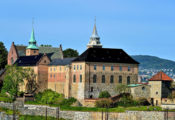Oslo city
Oslo, the capital of Norway, sits on the country’s southern coast at the head of the Oslo fjord. It’s known for its green spaces and museums. Many of these are on the Bygdoy Peninsula, including the waterside Norwegian Maritime Museum and the Viking Ship Museum, with Viking ships from the 9th century. The Holmenkollbakken is a ski-jumping hill with panoramic views of the fjord.
Vigeland Sculpture Park
The sculpture park is Gustav Vigeland’s life work, comprising over 200 sculptures in granite, bronze and wrought iron. It was installed mainly in the period 1940-1949, but is nevertheless a result of over 40 years of work. The starting point for the park is Vigeland’s Fountain, which was originally meant to be placed at Eidsvoll Plass in front of the Storting. These plans were never realized, and the Fountain later became part of Vigeland’s more extensive park plans.
In 1924, the city council agreed that the sculptor’s monumental Fountain was to be erected in Frogner Park. At that time, Vigeland’s park project had expanded to include the Monolith and the Bridge.
Viking Ship Museum
The Viking Ship Museum is located on the Bygdøy peninsula in Oslo, Norway. It is part of the Museum of Cultural History of the University of Oslo, and houses three Viking era burial ships that were found as part of archaeological finds from Tune, Gokstad, Oseberg and the Borre mound cemetery.
Akershus Castle
The building of Akershus Castle and Fortress was commenced in 1299 under king Hakon V. The medieval castle, which was completed in the 1300s, had a strategical location at the very end of the headland, and withstood a number of sieges throughout the ages. King Christian IV (1588-1648) had the castle modernized and converted into a Renaissance castle and royal residence.

